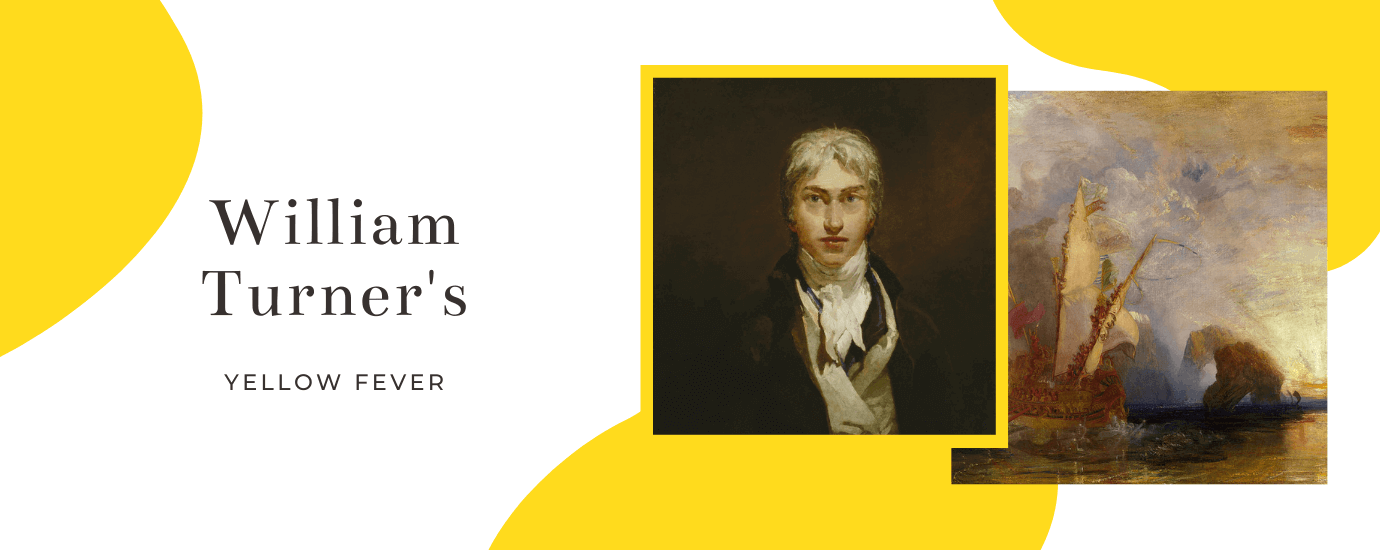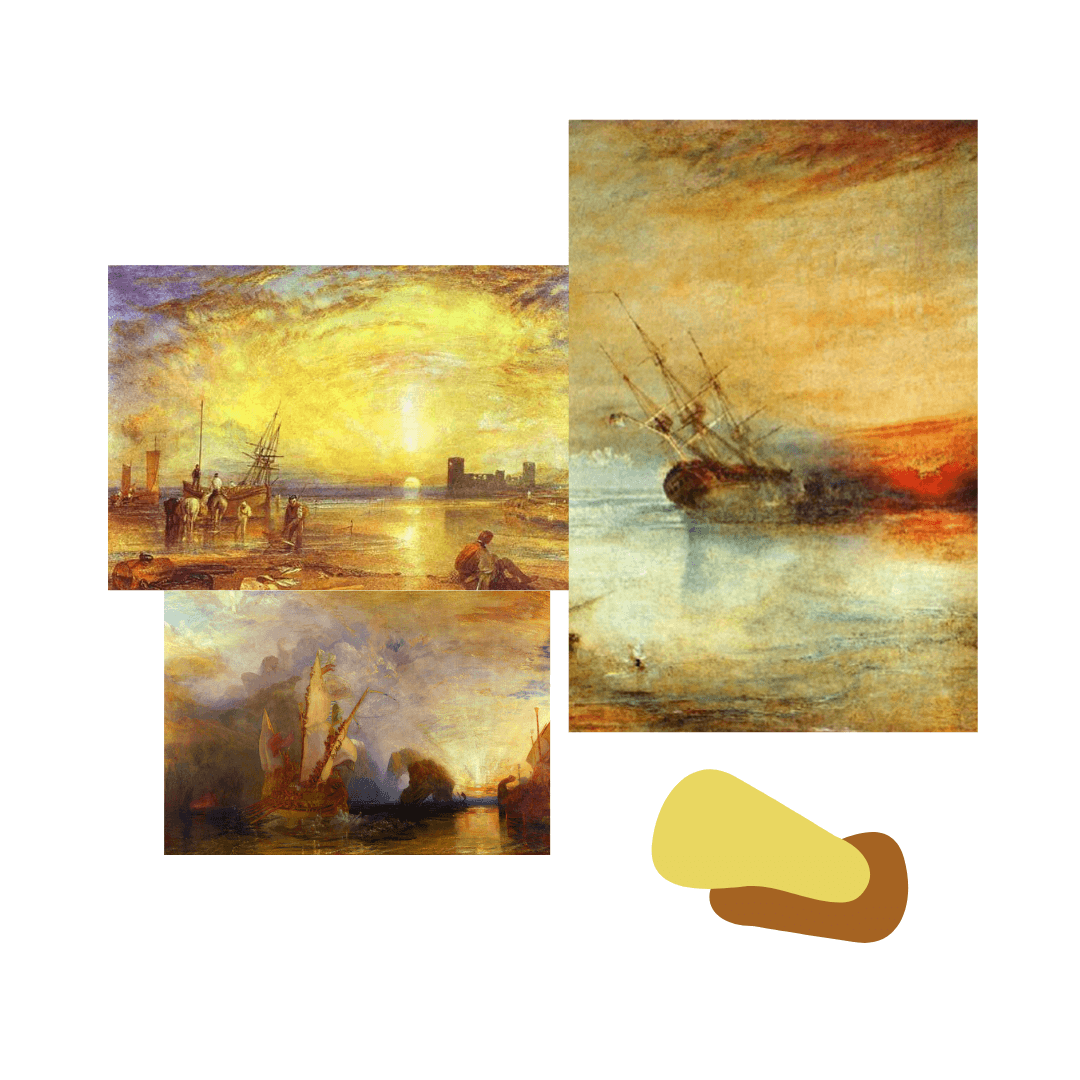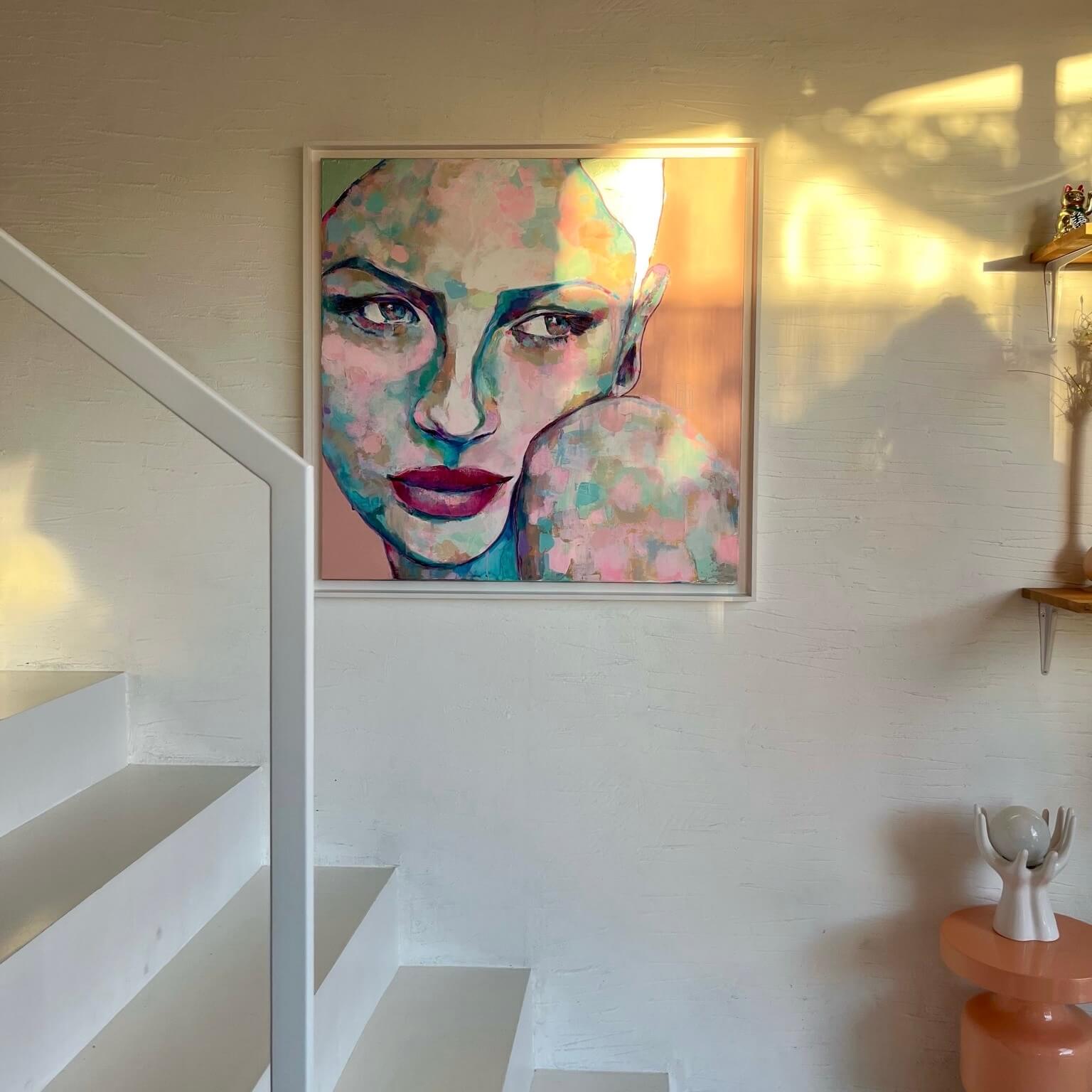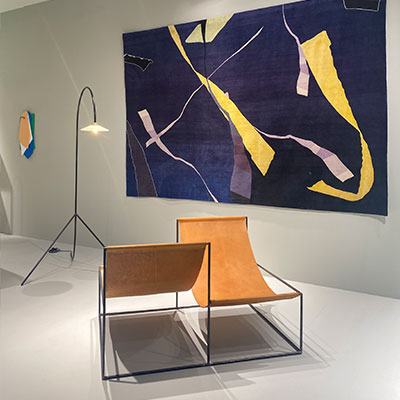THE OCHER’S HUNTING
Today, the British erect him as the greatest of their painters.
Yesterday, they were laughing.
His contemporaries and critics take a cunning pleasure in regularly decrying his unfortunate tendency to put ocher tones everywhere on his canvases.
Accused of overloading his works, critics said he had yellow fever and mocked his "yellow mustard":
"This gentleman used to paint with cream and chocolate, egg yolk and blackcurrant jelly... Here, he offers all its battery of cooking utensils".
Many of his paintings are then perceived as a cluster of unbelievable and rough material.
Yet, William Tuner, who is nowadays considered the Master of Light, did not care about these jealous reactions.
As impertinent as he was audacious, he even joked about it, no criticism could make him unmake it: yellow will be the sovereign color of his palette.
Yesterday, they were laughing.
His contemporaries and critics take a cunning pleasure in regularly decrying his unfortunate tendency to put ocher tones everywhere on his canvases.
Accused of overloading his works, critics said he had yellow fever and mocked his "yellow mustard":
"This gentleman used to paint with cream and chocolate, egg yolk and blackcurrant jelly... Here, he offers all its battery of cooking utensils".
Many of his paintings are then perceived as a cluster of unbelievable and rough material.
Yet, William Tuner, who is nowadays considered the Master of Light, did not care about these jealous reactions.
As impertinent as he was audacious, he even joked about it, no criticism could make him unmake it: yellow will be the sovereign color of his palette.








.png)







